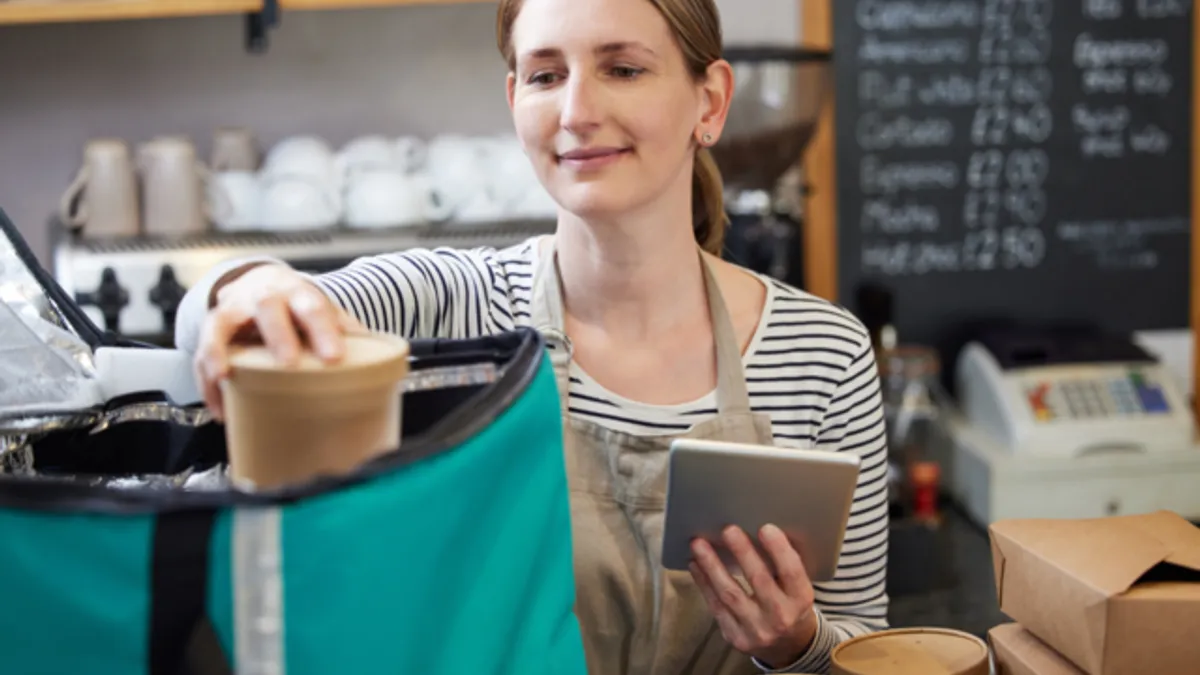A growing trend of the digital age is that businesses rarely own all of their customer touchpoints. From food delivery apps to online shopping to banking, customer experiences are increasingly taking place via third-party apps and occasionally entire services that brands don’t directly control.
This is a game-changing development that raises a critical question I doubt many companies have sufficiently thought through and addressed: How should brands manage their customer interactions when, so often, someone else is doing the actual interacting?
This question has become even more important as the COVID-19 pandemic dramatically accelerates the adoption of digital business models that rely on third-party providers, and it points to the importance of a new kind of 360-degree thinking about customer experience that includes these third parties.
Take DoorDash and other meal delivery services, for example. They used to be a niche part of restaurants' business, but delivery sales have reached new heights during the coronavirus crisis and become an important revenue stream for many eateries.
That's great, but restaurant owners also should be having a "holy crap" moment: "Wait a minute. This app has become very important to my business. But I don't own it. Is it accurately showing my entire menu? Is the food still hot by the time it gets to customers? How do I really know what my customer is experiencing?"
It's a question that businesses frequently can’t answer because, unlike traditional one-to-one vendor-to-customer interactions, they lack the telemetry to know.
For instance, like so many others, my company uses software services such as Pendo to gather data on usage of our site and apps – what works well, where people may be getting stuck, etc.
But I don't know that restaurants are asking DoorDash for data such as how long people are spending on the menu page, whether they find it easy to order, how high are cart abandonment rates, whether food was delivered hot, etc.
Imagine the insights a supermarket chain could gain with a better understanding of the experience that its customers are having with the now-significant Instacart part of its business. After all, a positive delivery experience means more repeat business for the grocer, and vice versa.
Taking an overarching view of the delivery experience shouldn’t stop at the customer either. Perhaps, for example, it's worth looking at whether stores should be organized differently to maximize efficiency for the Instacart professional shopper, which translates into faster service for customers.
I was impressed with how Chipotle considered the new customer experience realities post-COVID and accelerated a move to a second-kitchen-model in its stores to exclusively handle online orders and thus improve speed of service for all patrons, whether digital or on-premises.
It is becoming integral for companies across almost all industries to take ownership of all customer interactions whether they directly control them or not. I wouldn't want to do business with a bank that has failed to ensure its platforms can integrate effortlessly with popular third-party fintech apps such as Venmo, PayPal and Mint.
How should a company move forward on this 360-degree approach? The first step is to acknowledge and understand the new digital dynamics and make it a priority to understand how third parties are enhancing or hurting customer happiness.
No company would release a product or app without soliciting detailed feedback on what users like and don't like about them; the same precision is required of any other partners playing a role in the customer journey.
Businesses can no longer afford to ignore the reality that more and more of their success is now linked to apps and services they don't own. Rather than look at customer experience from their own view, they must put themselves in customers' shoes and recognize that what constitutes customer experience is much broader than they'd thought.
Andy MacMillan is CEO of UserTesting, a human insight company.










